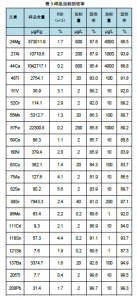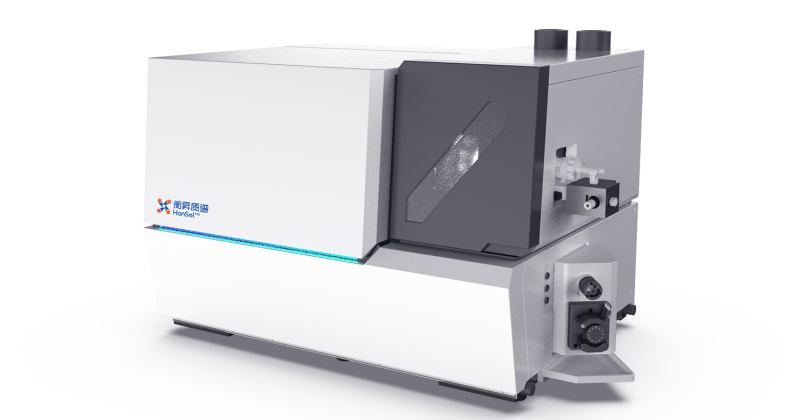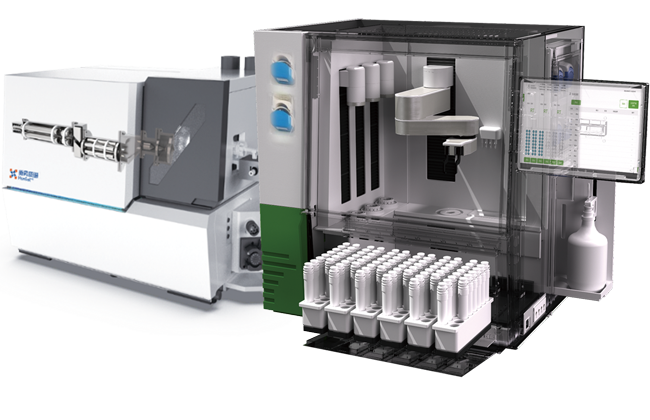Application Preface
**Ganmao Qingre Granules**, a common traditional Chinese patent medicine, is primarily used for treating wind-cold colds. It addresses symptoms such as fever, headache, aversion to cold, nasal congestion, runny nose, cough, and dry throat, with effects of dispelling wind-cold, relieving exterior syndrome, and clearing heat. Due to its reliable efficacy, safety, and clear indications, it has become a first-line treatment for wind-cold colds. This not only reflects the characteristic of traditional Chinese medicine (“treatment based on syndrome differentiation”) but also meets contemporary medical needs through modern production, embodying a model of integrating classic traditional formulas with modern pharmacy. The complex planting environment of Chinese herbal medicines and the lengthy production chain pose risks of heavy metal contamination (e.g., lead, cadmium, arsenic, mercury, etc.), which may be introduced into the final products through soil, water sources, or processing links, presenting potential threats to patient health. In particular, heavy metals exhibit cumulative toxicity, and long-term intake may lead to severe consequences such as liver and kidney damage or neurological impairment. Up to now, the *Pharmacopoeia of the People’s Republic of China* (2020 Edition) only specifies limits for some heavy metal elements. To ensure drug quality, the detection of common metal elements (including trace elements and heavy metals) is not only a necessary measure to guarantee medication safety but also a core responsibility for pharmaceutical manufacturers to fulfill their quality obligations. This paper takes a certain brand of Ganmao Qingre Granules as the sample and uses the Hansel iQuad 2300 ICP-MS to detect the spike recovery rates of 21 elements in the microwave-digested sample solution.
Conclusions of the Article
The Hansel iQuad 2300 ICP-MS was used to analyze 21 elements in Ganmao Qingre Granule samples prepared by microwave digestion, enabling their determination in a single analytical run.
Highlights of the Plan
In the recovery test, the results are shown in Table 3. The measured recovery rates of all elements ISTD (internal standard) are within the limit range of ±20%. The results indicate that the 2300 ICP-MS has excellent stability. By using the built-in electronic dilution function of the instrument, curves with different linear ranges can yield satisfactory results under the same helium mode, which greatly saves analysis time.






